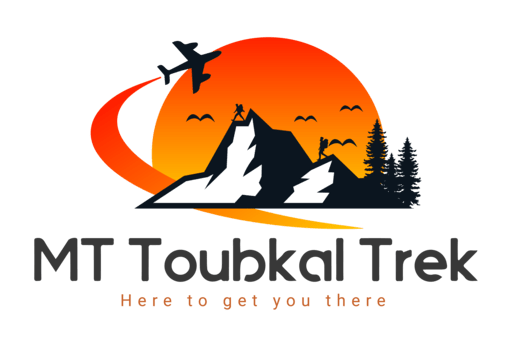If you’re looking for an unforgettable adventure that combines natural beauty, cultural depth, and a touch of the exotic, a trek in Morocco is the perfect journey. This North African gem offers a spectacular range of trekking routes, from the snow-capped peaks of the High Atlas to the golden sands of the Sahara Desert, making it one of the most diverse and enriching hiking destinations in the world.
Why Choose Morocco for Trekking?
Morocco is a land of contrasts. Within a few hours of travel, you can go from bustling souks and medieval medinas to tranquil mountain valleys or windswept dunes. Its varied geography—mountains, oases, deserts, and coastlines—makes it ideal for all levels of hikers. Whether you’re an experienced mountaineer or a first-time explorer, there’s a trek in Morocco tailored just for you.
Moreover, Morocco’s rich cultural heritage adds another layer to your trekking experience. On your journey, you’ll likely pass through Berber villages where time seems to have stood still. Hospitality is deeply embedded in Moroccan culture, and sharing mint tea with a local family is often a cherished memory for many trekkers.
The Atlas Mountains: Morocco’s Majestic Backbone
A trek in Morocco often begins in the High Atlas Mountains, the most famous trekking region in the country. Stretching across central Morocco, these mountains are home to the highest peak in North Africa: Jbel Toubkal, standing proudly at 4,167 meters.
Popular High Atlas Treks:
-
Toubkal Summit Trek (2–4 days)
Starting from the village of Imlil, this trek offers a relatively challenging ascent. However, the panoramic views from the summit and the sense of achievement are unmatched. -
Azzaden Valley & Toubkal Circuit (5–7 days)
This route winds through ancient Berber hamlets and terraced fields, offering a more immersive and off-the-beaten-path experience. It’s perfect for those who want both nature and culture in their trek. -
M’Goun Massif (7–10 days)
Less crowded than Toubkal, this trek takes you through wild landscapes, blooming valleys, and gorges. It’s an ideal choice for seasoned hikers looking for something less commercial.
Every trek in Morocco through the Atlas range allows you to witness Morocco’s rural life, ancient irrigation systems, and the breathtaking architecture of Kasbahs nestled in the valleys.
Trekking in the Sahara Desert
Another iconic option is to trek in Morocco’s Sahara Desert, a journey that shifts from rocky plateaus to seas of rolling sand dunes. This type of trek is often done with camel caravans and local guides.
Popular Sahara Routes:
-
Merzouga and the Erg Chebbi Dunes
These towering sand dunes are some of the highest in Morocco. A camel trek here, especially during sunrise or sunset, feels almost surreal. Many treks include a night in a desert camp with traditional music under the stars. -
Zagora to M’Hamid
This trek offers a glimpse into the pre-Saharan steppe and is a great way to combine a light desert experience with cultural visits to ksars (fortified villages).
While physically less demanding than mountain trekking, a desert trek in Morocco offers its own challenges, particularly due to heat and sand. However, the spiritual and emotional reward is equally profound.
The Anti-Atlas and Rif Mountains: Hidden Gems
Beyond the popular routes, there are lesser-known trekking areas that offer unique experiences.
-
The Anti-Atlas in the south boasts pink granite mountains and dramatic rock formations. Treks here are more isolated, providing a true sense of wilderness.
-
The Rif Mountains, in the north near Chefchaouen (the famous blue city), are greener and more temperate. Trekking trails pass through cannabis fields, forests, and limestone cliffs with views of the Mediterranean Sea.
These regions are perfect for travelers seeking a quieter, more contemplative trek in Morocco, away from the crowds.
Cultural Encounters Along the Way
One of the most rewarding aspects of any trek in Morocco is the opportunity to connect with its people. The majority of Morocco’s rural population are Amazigh (Berber), and trekking through their villages is like stepping into another world.
Expect to see:
-
Traditional mud-brick homes
-
Women baking bread in outdoor clay ovens
-
Colorful souks on market days
-
Children herding goats on steep hillsides
Many treks are led by Amazigh guides who not only know the land but also share their heritage, stories, and survival skills. Staying in a traditional gîte (guesthouse) and eating tagines cooked over firewood adds authenticity to the trek.
Best Time for a Trek in Morocco
Morocco’s diverse geography means that timing your trek depends on the region:
-
Atlas Mountains: Best from April to October. Snowfall makes winter ascents more technical and suitable for experienced climbers.
-
Sahara Desert: Ideal from October to March. Summer months can be dangerously hot.
-
Rif Mountains: Pleasant year-round, but especially green in spring and autumn.
Regardless of the season, always carry sun protection, layered clothing, and enough water.
Practical Tips for Trekking in Morocco
-
Hire a local guide: They know the terrain and ensure safety while enriching the experience with cultural knowledge.
-
Pack light but smart: Include a headlamp, trekking poles, reusable water bottle, and layers for changing temperatures.
-
Respect local customs: Dress modestly and ask before photographing people.
-
Stay eco-friendly: Carry your trash and avoid using single-use plastics.
Many tour operators also offer eco-trekking packages that prioritize sustainability and community benefit.
Recommended Base: Marrakech
Marrakech is the primary gateway for most treks. From here, it’s easy to arrange transport to trekking zones such as Imlil, Ouarzazate, or Merzouga. While in Marrakech, explore:
-
Jemaa el-Fna square
-
The Koutoubia Mosque
-
The Majorelle Garden
-
Traditional hammams for post-trek relaxation
The city offers a vibrant contrast to the serene trekking trails and completes the Moroccan experience.
Final Thoughts
A trek in Morocco is more than a physical adventure—it’s a journey through time, landscape, and culture. Whether you’re watching the sunrise over the dunes of Erg Chebbi, standing on the roof of North Africa at Mount Toubkal, or sharing a meal with Berber villagers in the valleys of the High Atlas, each moment is a testament to the country’s beauty and soul.
If you’re dreaming of nature, challenge, and connection, now is the time to plan your trek in Morocco. Your path to discovery awaits.

